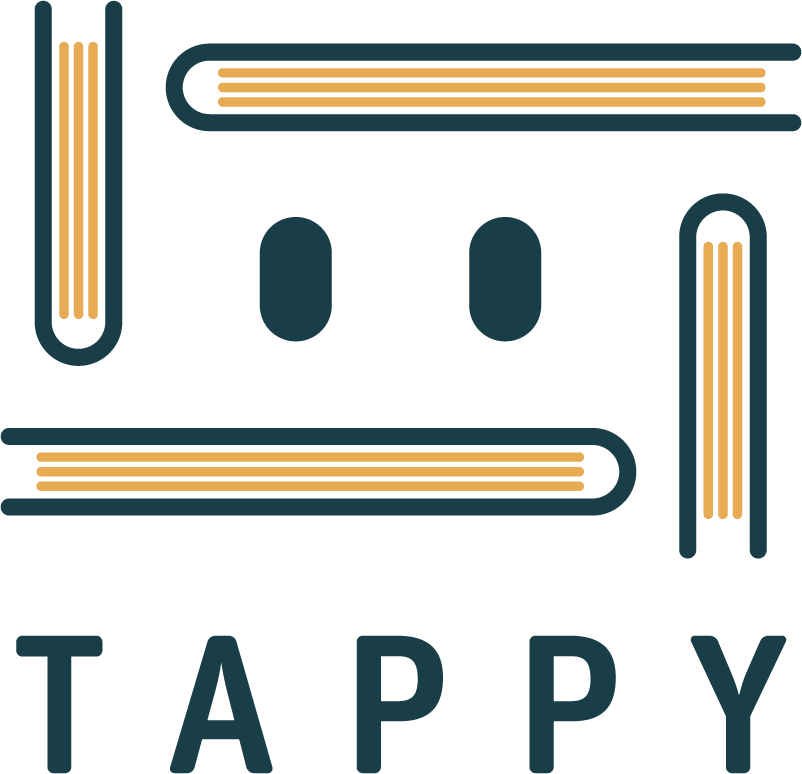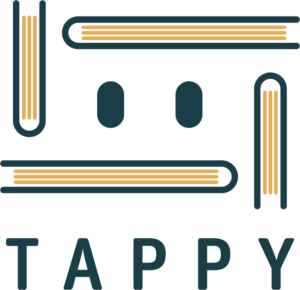A Real Classroom Scenario
As an experienced educator, you know the struggle of keeping every student engaged and on-task during lessons. With diverse learning styles and abilities in your classroom, it can be challenging to ensure that each student is actively participating and grasping the material. This is where Peer Assisted Learning (PAL) can be a game-changer.
Imagine a classroom where students are actively collaborating, teaching, and learning from one another. Instead of relying solely on the teacher’s instruction, students take ownership of their learning by explaining concepts to their peers and receiving feedback. This dynamic environment not only fosters a deeper understanding of the material but also promotes essential skills like communication, teamwork, and leadership.
With PAL, your role as a teacher shifts from being the sole source of knowledge to a facilitator who guides and supports the learning process. By strategically pairing students based on their strengths and areas for improvement, you create an environment where learning becomes a shared responsibility, and every student has the opportunity to shine.
Quick Start Guide
Materials Needed:
– Student grouping strategy (e.g., ability levels, interests, or random pairing)
– Clear instructions or guidelines for peer teaching and learning
– Tappy for planning and organizing the PAL sessions
Basic Steps:
1. Identify the learning objectives and content for the PAL session.
2. Divide students into pairs or small groups based on your chosen grouping strategy.
3. Assign roles (e.g., teacher, learner, observer) and provide clear instructions for each role.
4. Set a time limit for the PAL session and monitor progress using Tappy.
5. Facilitate a debriefing session to discuss insights and challenges.
Time Requirements: PAL sessions can range from 15-30 minutes for focused activities to an entire class period for more in-depth topics.
Practical Tips:
– Use Tappy to create a detailed lesson plan, including instructions, time allocations, and grouping strategies.
– Prepare guiding questions or prompts to support peer teaching and learning.
– Model the desired behaviors and expectations for peer interactions.
Detailed Implementation
-
Set Clear Objectives: Identify the specific learning objectives and content you want students to focus on during the PAL session. Use Tappy to outline these objectives and ensure they align with your overall curriculum goals.
-
Group Students Strategically: Determine the most effective grouping strategy for your class. You can group students based on ability levels, interests, or even randomly. Consider using Tappy’s grouping feature to streamline this process.
-
Assign Roles: Clearly define the roles within each group, such as teacher, learner, and observer. Provide detailed instructions for each role, including expectations and responsibilities. Use Tappy to create and share these instructions with your students.
-
Model Expectations: Before starting the PAL session, model the desired behaviors and interactions for peer teaching and learning. Demonstrate effective communication, active listening, and constructive feedback.
-
Monitor and Facilitate: During the PAL session, circulate among the groups, providing guidance and support as needed. Use Tappy to track time and ensure smooth transitions between activities.
-
Debrief and Reflect: After the PAL session, facilitate a whole-class discussion where students share their experiences, insights, and challenges. Encourage reflection on the learning process and celebrate successes.
Common Pitfalls and Solutions:
– Unequal participation: Assign specific roles and rotate them regularly to ensure equal engagement.
– Off-task behavior: Set clear expectations and consequences, and use Tappy’s timer feature to keep students focused.
– Lack of understanding: Provide guiding questions or prompts, and encourage students to seek clarification from you or their peers.
Student Engagement Techniques:
– Incorporate gamification elements, such as points or rewards, for effective peer teaching and learning.
– Use Tappy’s interactive features, like polls or quizzes, to keep students engaged and assess understanding.
– Encourage students to create visual aids or use technology tools to enhance their peer teaching.
Differentiation Strategies
Adaptations for Different Learning Levels:
– Group students with mixed ability levels to promote peer support and scaffolding.
– Provide differentiated materials or prompts based on students’ readiness levels.
– Use Tappy to create and assign tailored resources or activities for each group.
Support for ELL Students:
– Pair ELL students with proficient English speakers to facilitate language support.
– Provide visual aids, sentence starters, or word banks to support language development.
– Encourage the use of bilingual dictionaries or translation tools during the PAL session.
Modifications for Special Needs:
– Adapt materials and instructions to meet specific learning needs (e.g., larger font, audio support, or tactile resources).
– Provide assistive technology or accommodations as needed.
– Use Tappy to create and share personalized accommodations or modifications for each student.
Note: Tappy’s flexible planning and resource management features make it easier to differentiate instruction and provide targeted support for diverse learners during PAL sessions.
Assessment & Success Indicators
Observable Outcomes:
– Active engagement and participation during peer interactions
– Effective communication and collaboration skills
– Demonstration of content understanding through peer teaching and learning
Assessment Methods:
– Observe and take anecdotal notes during the PAL session, focusing on student interactions and content mastery.
– Use Tappy’s built-in assessment tools, such as rubrics or checklists, to evaluate specific skills or competencies.
– Collect student work samples or artifacts from the PAL session for further evaluation.
Student Feedback Strategies:
– Conduct individual or group reflections on the PAL experience, using guiding questions or prompts.
– Implement peer feedback protocols, where students provide constructive feedback to their partners.
– Use Tappy’s survey or poll features to gather anonymous feedback from students.
Tappy’s Role in Assessment:
– Utilize Tappy’s data tracking and analysis features to monitor student progress and identify areas for improvement.
– Create customized assessments or rubrics within Tappy to evaluate specific skills or competencies.
– Share assessment results and feedback with students and parents through Tappy’s communication tools.
Teacher Tips & Tricks
Time-Saving Suggestions:
– Use Tappy’s lesson planning and resource management features to streamline preparation and organization.
– Create reusable templates or resources for PAL sessions to save time in the future.
– Encourage students to take ownership of the PAL process by assigning leadership roles or facilitating debriefing sessions.
Classroom Management Tips:
– Establish clear expectations and consequences for behavior during PAL sessions.
– Use Tappy’s timer or countdown features to keep students on track and manage transitions smoothly.
– Implement a signal or attention-grabbing technique to regain focus when needed.
Technology Integration Ideas:
– Encourage students to use digital tools or multimedia resources to enhance their peer teaching and learning experiences.
– Incorporate online collaboration tools or virtual whiteboards for remote or hybrid PAL sessions.
– Use Tappy’s integration with various EdTech tools to seamlessly incorporate technology into your PAL activities.
Quick Note about Tappy Automation:
Tappy’s automation features can help streamline the implementation of PAL sessions by automating tasks such as grouping students, assigning roles, and distributing resources. This can save valuable time and ensure a smooth and efficient learning experience for both you and your students.
Resource Box
Educational Websites:
– ReadWriteThink.org for literacy resources
– Oercommons.org for peer-created materials
– Edutopia.org for teaching strategies
– NCTM.org for math resources
– CommonLit.org for reading materials
Recommended Books:
– ‘Peer Instruction: A User’s Manual’ by Eric Mazur
– ‘Cooperative Learning’ by Spencer Kagan
– ‘Making Classroom Assessment Work’ by Anne Davies
– ‘Mindset: The New Psychology of Success’ by Carol S. Dweck
Remember, implementing Peer Assisted Learning (PAL) in your classroom can be a transformative experience for both you and your students. By fostering an environment of collaboration, active learning, and shared responsibility, you’ll not only enhance content mastery but also nurture essential skills that will serve your students well beyond the classroom walls.


Leave a Reply